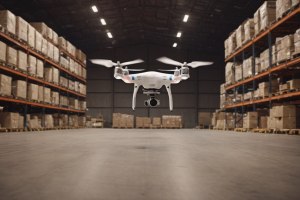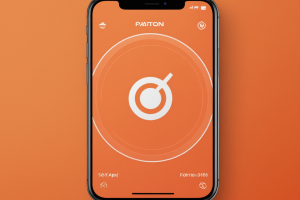Introducing Databricks’ New DBRX Generative AI Model – Investment, Performance, and Accessibility
Databricks spends $10M and two months to develop DBRX, a new generative AI model designed for enterprises.
Databricks, a technology company, invested $10 million and two months in developing DBRX, a new generative AI model. The investment aims to create a powerful tool for businesses while raising the company’s profile. Although not a traditional marketing strategy, generative models attract attention and serve as a gateway to vendors’ core products and services.
Key Features:
DBRX is based on OpenAI’s GPT series and Google’s Gemini, available on GitHub and the AI development platform Hugging Face for both research and commercial purposes.
Two versions of DBRX exist: DBRX Base and DBRX Instruct, which can be run and adjusted on various types of data.
Designed to converse and translate across numerous languages, including French, Spanish, and German.
Claims to outperform all existing open-source models on standard benchmarks.
Challenges:
To utilize DBRX, users require servers or computers equipped with at least four NVIDIA H100 GPUs, posing financial constraints for individual developers and small businesses.
Running the model demands significant resources, limiting accessibility for many potential users.
Companies with over 700 million active users face “certain restrictions,” similar to Meta’s for Llama 2, and all users must agree to terms assuring responsible use of DBRX.
Solutions:
Databricks offers its Mosaic AI Foundation Model product as a solution, providing a training stack for tailoring DBRX to custom data and enabling private hosting through Databricks’ Model Serving offering.
Users can collaborate with Databricks to deploy DBRX on preferred hardware configurations.
Advantages:
DBRX operates up to 2x faster than Llama 2 due to its Mixture of Experts (MoE) architecture.
DBRX’s 16 expert models enhance quality compared to typical MoE models with eight experts.
As an “open-source” model, DBRX targets enterprise audiences.
Limitations:
Despite being “open-source,” DBRX remains cost-prohibitive for individuals and lacks transparency regarding training data sources.
No clear distinction between DBRX and top generative AI models like OpenAI’s GPT-4.
Like all generative AI models, DBRX is susceptible to “hallucinating” answers, necessitating ongoing safety testing and red teaming efforts.
Limited to text processing and generation, lacking multi-modal functionality found in emerging generative AI models.
Conclusion:
While DBRX represents a substantial investment and technological advancement, its high resource requirements and limited accessibility make it a difficult sell for anyone except current or prospective Databricks clients. Competitors like OpenAI offer similarly impressive technologies at competitive prices, and several generative AI models surpass DBRX in embracing true open-source principles. Nonetheless, Databricks plans to continually evolve and release updated versions of DBRX as its Mosaic Labs R&D team explores additional generative AI opportunities.













